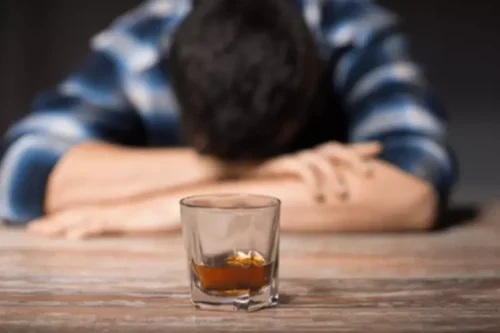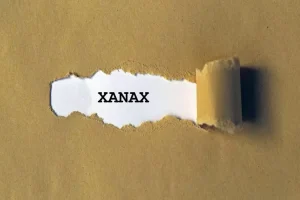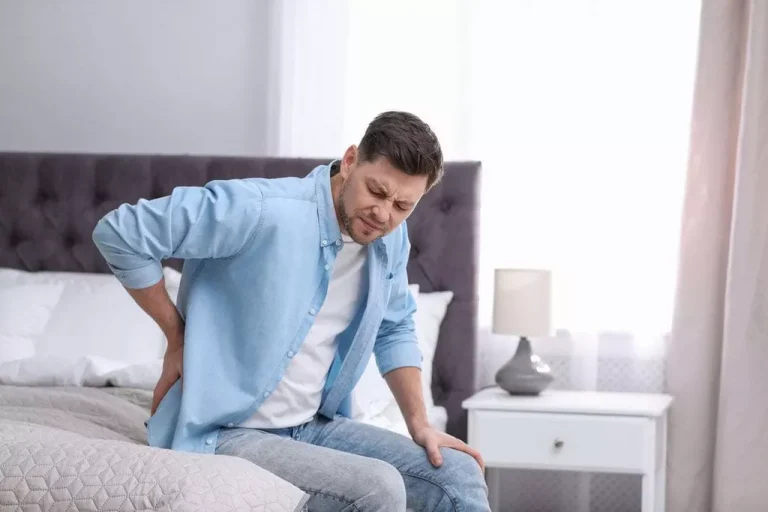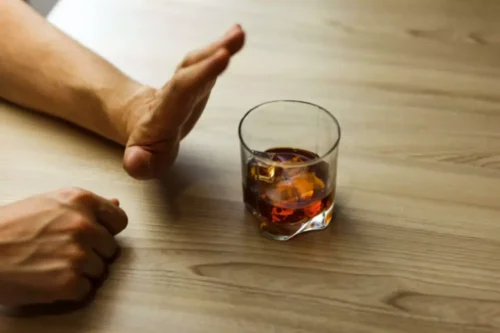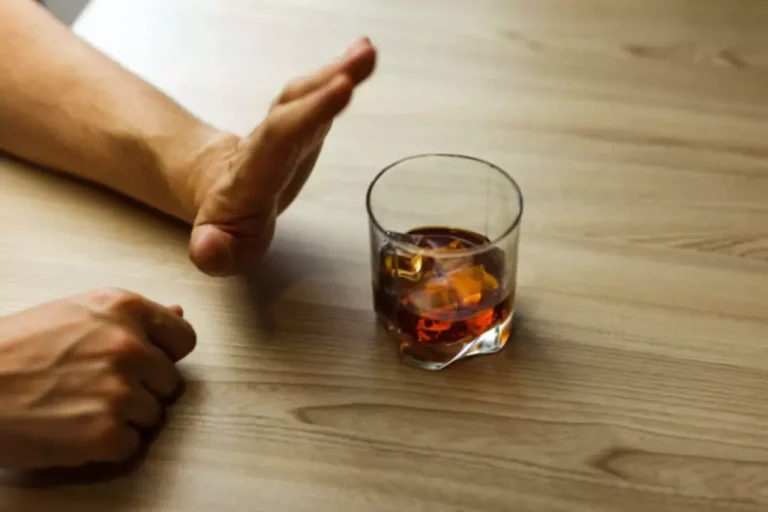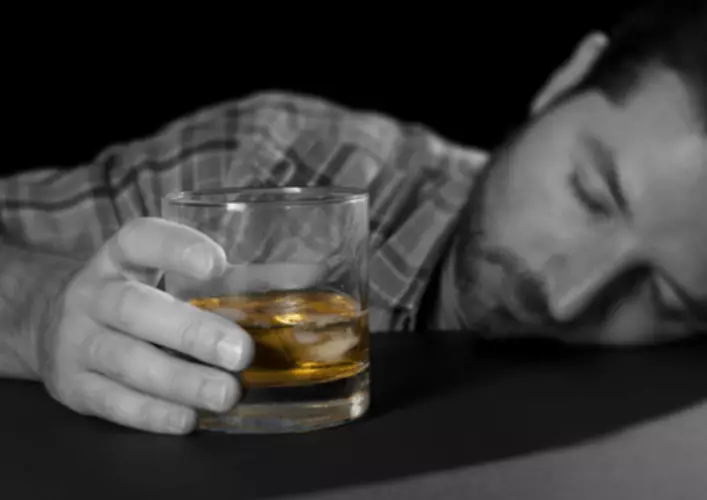The same factors that cause alcohol use to increase the likelihood of assault also come into play with intimate partner violence. Numerous studies have shown that there is an especially close relationship between alcohol abuse and intimate partner violence. A very high percentage of perpetrators of intimate partner violence have alcohol dependence or abuse issues in general.
Alcohol and Domestic Abuse/Violence
The researchers found that the intensity and duration of shock were higher in the men from the alcohol group, while only shock duration was increased in women. They also noted that men were highly aggressive toward the same gender, while women were aggressive regardless of gender. This indicated that alcohol-induced aggression affects both the genders in different ways, suggesting that men are likely to respond in a direct and indirect manner, whereas women exhibit aggression in an indirect manner. A slightly different finding to the previous study was seen in an investigation conducted by Hoaken and Pihl (2000). The researchers assigned the participants (54 males and 60 females) to compete in a competitive aggression paradigm in an intoxicated or sober state. The result was that the intoxicated men were more aggressive than the sober men; however, in the circumstances where the women were highly provoked, both the intoxicated and sober women displayed higher levels of aggression, which could resemble the men.
The good news is alcohol addiction, no matter how severe, can be treated with the right support from professionals from the best rehab centers in Philadelphia and loved ones. If left untreated, alcoholism can lead to medical, financial, and even legal issues that can mess up your life (or that of a loved one). National Highway Traffic Safety Administration statistics (NHTSA) reveal that approximately 28 people die in do you need to wean off prozac drunk-driving crashes in the US every day, a clear indication of the need to curb drunk driving. Motorists that insist on driving while intoxicated not only put their lives at risk but also those of other innocent road users. Over time, parents addicted to alcohol will start neglecting their responsibilities at the expense of alcohol.
Generally, men have recorded higher activation of the amygdala (McRae et al., 2008) and the PFCs (Rahko et al., 2010) during emotional reactions. Investigation of sex differences in neural correlates of aggression using 22 male and 20 female subjects revealed differential brain activation patterns between both the genders in response to provocation. Aggressive men recorded higher activation of the left amygdala than aggressive women and a positive correlation with orbitofrontal cortex (OFC), rectal gyrus, and ACC activity, which was negatively correlated in women. The findings indicate that aggressive men are more inclined to automatic emotion regulation (attributed to OFC and rectal gyrus) in response to provocation compared to aggressive women (Repple et al., 2018). In a separate study involving 24 men and 11 women, alcohol alone had no effect on the amygdala and ventral striatum; however, their activities were positively correlated with aggression in response to provocation. Alcohol sudden onset alcohol intolerance decreased their bold responses in the right PFC, thalamus, hippocampus, caudate, and putamen.
Second, although the Add Health survey has many redeeming features, the respondents self-reported their alcohol use. While we how to store urine for drug test cannot resolve the extent (if any) of misreporting in this area, the published literature on this topic indicates that self-reported substance use measures are generally reliable for use in statistical analyses (Del Boca and Darkes, 2003). This involves treatment professionals working with people who have depression, anxiety, anger management issues, or any other medical condition that accompanies their alcoholism.
- Moonshine (bootleg liquor) is illegal to produce in most countries and territories.
- Intoxication can make an individual loud, aggressive, belligerent, and disruptive.
- Additionally, the disinhibition caused by alcohol can lead to a sense of anonymity or invincibility, further emboldening individuals to commit vandalism.
- The risk of sexual assault increases significantly upon alcohol consumption as the depressant reduces social anxiety, thus leading to potentially offensive behaviors that would be avoidable when sober.
- Gilbert Paul Jordan (aka The Boozing Barber) was a Canadian serial killer who is believed to have committed the so-called “alcohol murders” between 1965-c.
- Numerous studies have shown that there is an especially close relationship between alcohol abuse and intimate partner violence.
Don’t Let Yourself Be A Victim Or A Perpetrator
Evidence suggests that there is a little convergence in the pattern of binge drinking in men and women. It was found that the prevalence was higher for females than males from 2000 to 2010 for any binge drinking in the preceding month. On the contrary, the reason for the convergence of frequency in the male and female binge drinking habits is estimated to occur due to the large decline in the binge drinking frequency within men than the women. Furthermore, evidence also shows that the convergence of men and women has usually been stronger in the age group of young adults in comparison to any other age group (Wilsnack et al., 2018).
They may also recommend different activities to help you relax such as exercise, meditation and music therapy. It’s important to realize that recovery doesn’t happen overnight and takes commitment after you’ve left rehab. However, there are plenty of ongoing recovery programs that will motivate you in maintaining your sobriety and living a healthy life. Rape is any sexual activity that occurs without the freely given consent of one of the parties involved. This includes alcohol-facilitated sexual assault which is considered rape in most if not all jurisdictions,21 or non-consensual condom removal which is criminalized in some countries (see the map below). Negligence in alcohol consumption can have a ripple effect on environmentally responsible behavior.
Assault
Roughly 20% of these incidents involve the use of a weapon other than hands, fists or feet. An estimated 1.4 million incidents of alcohol-related violence are committed against strangers each year. The term is also used to denote illegal sales in Indigenous areas where alcohol has been banned or restricted. Alcohol consumption can contribute to nighttime noise pollution, especially through loud music played by intoxicated individuals. This disrupts sleep and relaxation for nearby residents, impacting health and productivity. Municipal noise ordinances often establish quiet hours and penalties for violations.
This usually results in loss of jobs and business closure, which greatly diminishes their ability to provide for their children. According to the World Health Organization (WHO), alcohol is among the leading contributors to child maltreatment by parents, relatives, or guardians. An individual that may have responded calmly to an incident when sober is more likely to resort to violence if provoked when intoxicated. A sexual assault is a non-consentual act of sexual nature that may involve kissing, touching (inappropriately), and intercourse. All data and visualizations on Our World in Data rely on data sourced from one or several original data providers.
People with severe alcohol addiction will benefit from staying in an inpatient rehab facility. Outpatient rehab offers a less intensive approach, allowing people to maintain regular lives and live at home while under treatment. Contact a licensed rehab center today to kickstart alcohol addiction treatment and take charge of your life. Moreover, parents or guardians struggling with alcoholism are less likely to be directly involved in their children’s upbringing, thereby increasing the chances of sexual abuse by family members or strangers.

